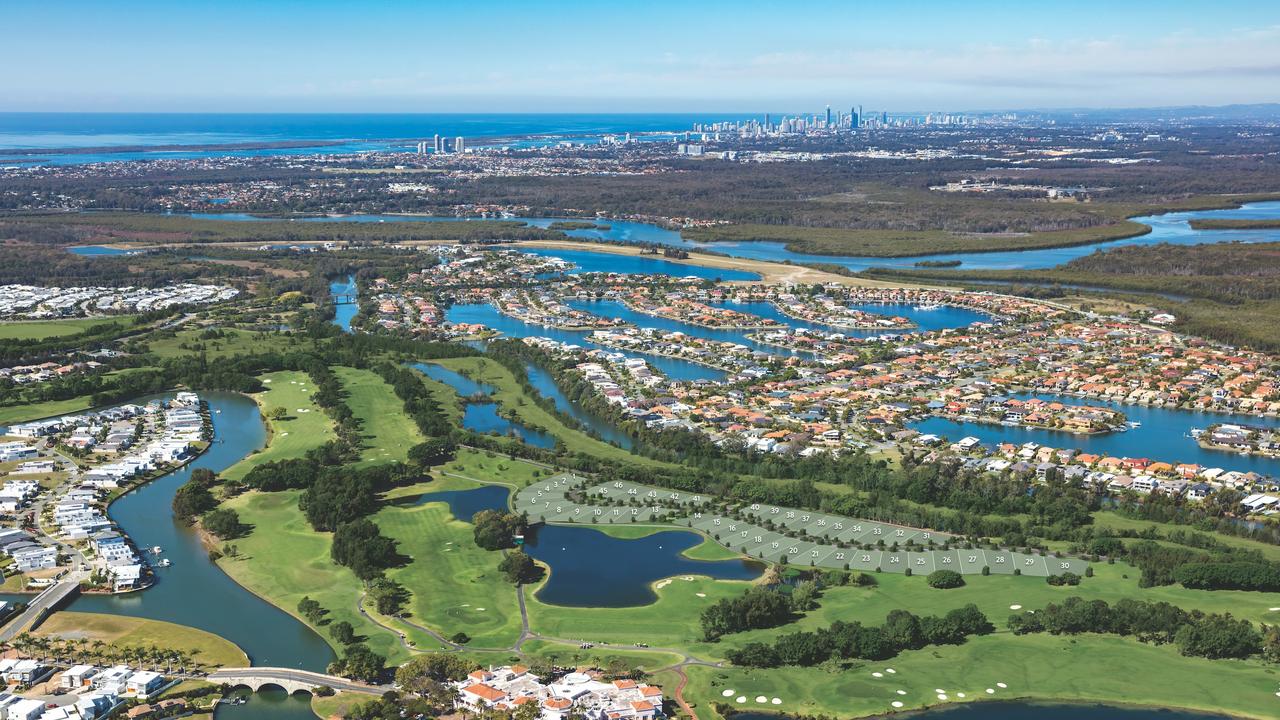

Learn the everything you need to know about hundreds of projects from throughout Australia. We’ve got the insider information to ensure that you choose the apartment, townhouse or house and land project that suits you and your lifestyle.
This is independent editorial content written by a PropertyMash Journalist. While we try to ensure all information is as accurate as possible, please double check with the developer or real estate agent directly before making a purchasing decision. The information contained within this article may be incorrect or out of date.
Runaway property prices have continued to surge at a breakneck pace, lifting by 6.7 per cent, or $50,000, in the June quarter. According to the Australian Bureau of Statistics (ABS), property prices are now up 16.8 per cent year-on-year after being supercharged by ultra-low interest rates, government stimulus, forced household savings and elevated demand for bigger homes.
Australian Bureau of Statistics head of price statistics, Michelle Marquardt, said prices had also been bolstered by low levels of stock on the market being met with strong demand and properties transacting at an increasingly rapid rate: “With the exception of Hobart and Darwin, capital cities continued to see house price rises outpace those of attached dwellings such as apartments and units,” Marquardt said. “Price growth for both property types is being driven by the upper segments of the market.”
Sydney median property prices grew faster than the national average again, up 8.1 per cent, or $81,000 in value, to now be 19.3 per cent higher than for the same period last year. Property prices in Canberra lifted by 8.2 per cent across the quarter, followed by Melbourne, up 6.1 per cent; Brisbane, 5.7 per cent; and Hobart, 6.3 per cent.
| City | Mar 21 to Jun 21 % change | June Qtr 20 to Jun Qtr 21 % change |
|---|---|---|
| Combined | 6.7%▲ | 16.8%▲ |
| Sydney | 8.1%▲ | 19.3%▲ |
| Melbourne | 6.1%▲ | 15%▲ |
| Brisbane | 5.7%▲ | 14.6%▲ |
| Adelaide | 5.3%▲ | 14.2%▲ |
| Perth | 4.8%▲ | 15%▲ |
| Hobart | 6.3%▲ | 17.7%▲ |
| Darwin | 4.6%▼ | 12.8%▲ |
| Canberra | 8.2%▲ | 19.1%▲ |
Corelogic figures last week showed nationwide housing values continued to rise, up 1.5 per cent in August, but down from the record 2.8 per cent national gain in March.
CommSec chief economist Craig James said the total value of Australia’s 10.68 million dwellings was now $8924.6 billion after growing by $596.4 billion in the June quarter.
“Australia has almost 10.7 million homes [and] quite sensationally the average value of those homes has lifted to an average dwelling price of $835,700 in just three months,” James said.
“For those paying off their homes or who own them outright, that represents an amazing lift in wealth levels, thus underpinning increased spending on discretionary purchases.”
Commonwealth Bank estimated that the average number of people per home decreased from 2.42 people to 2.41 people in the recent quarter while the number of homes grew by 79,900 during the past two quarters despite Australia’s population growing by just 42,200. The bank’s economists expect national dwelling prices to rise by 8 per cent across 2021 and 6 per cent in 2022, and a result “tilted towards stronger outcomes” was more likely. The bank said that even if the Reserve Bank started taking its foot off some low interest rates, such as the benchmark three-year bond, that would still not dampen the booming prices.
The Reserve Bank’s cash rate, which steers the interest rate on mortgages offered by retail banks, remains at a record low interest rates of 0.1 per cent for what it predicts to be as long as four years.
RBA governor Phillip Lowe used a speech on Tuesday to push back against suggestions that rate hikes and tougher lending standards could be used to quell house prices.
“While it is true that higher interest rates would … see lower housing prices, they would also mean fewer jobs and lower wages growth,” Lowe said. “This is a poor trade-off in the current circumstances.
“It is also relevant that broader measures of household wealth have increased recently. Housing prices are 19 per cent higher than they were before the pandemic and Australian equity prices are around 10 per cent higher. This lift in the net wealth of the household sector is one of the things that suggest that once the restrictions are eased, households will be well placed to start spending again.”
Household savings are also expected to hit at least $200 billion this year as lockdowns keep Australia’s two largest cities shuttered.
In the June quarter, the household savings ratio—the percentage of unspent disposal income—fell below 10 per cent for the first time in more than a year to be half of where it was the same time a year earlier.
While many households paid down debt in the early days of the pandemic, but $93 billion in largely housing-related debt has since been added.
“More broadly, society-wide concerns about the level of housing prices are not best addressed through increasing interest rates and curbs on lending,” Lowe said.
“While monetary policy is contributing to higher housing prices at the moment, the way to address these concerns is through the structural factors that influence the value of the land upon which our dwellings are built.”
We would love to hear your thoughts on this project.
Have you visited this project recently, or perhaps you live nearby or bought in a neighbouring building? Tell us what you love about this project, or perhaps what you don't.